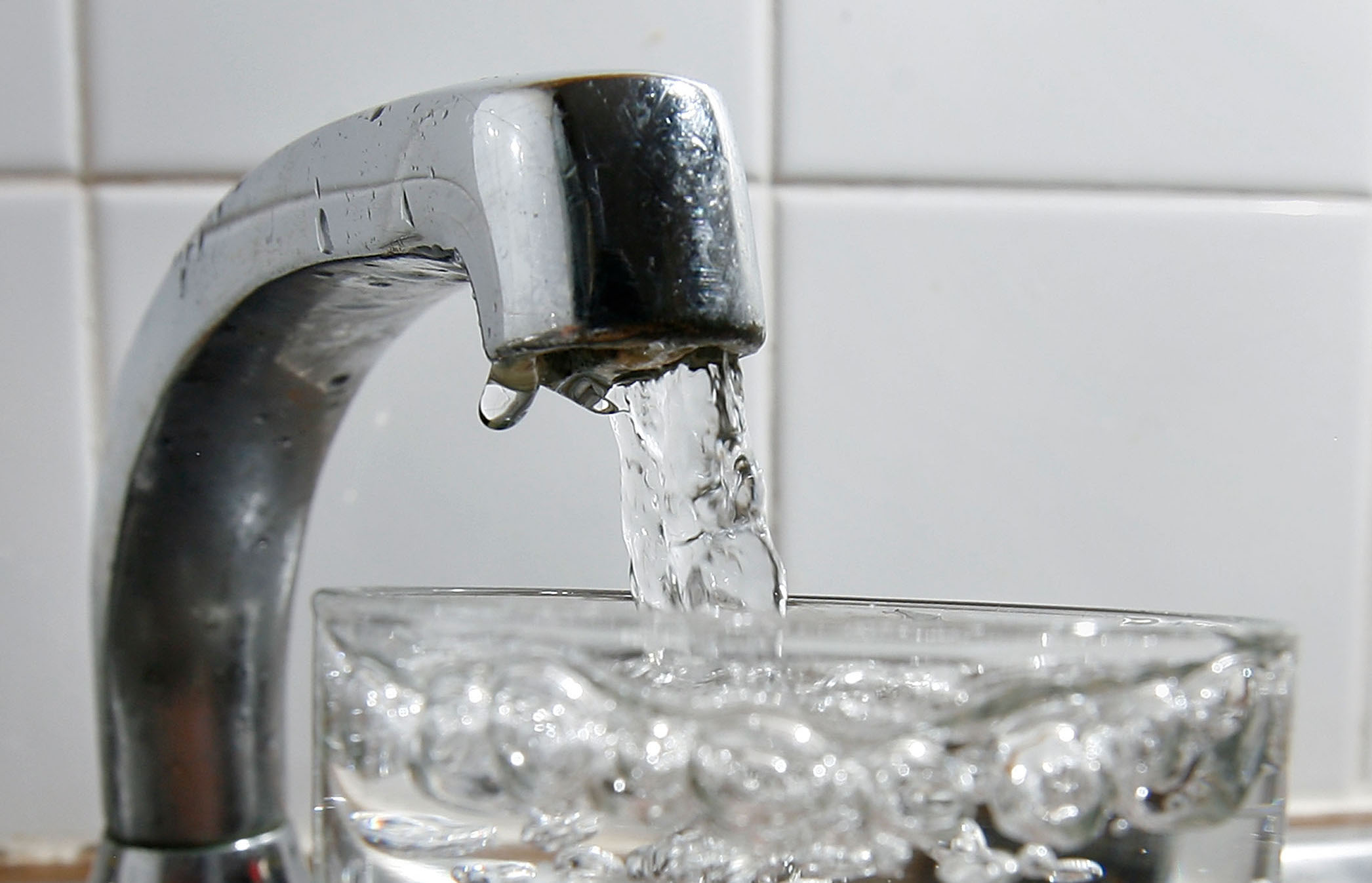CDC issues warning against using tap water for nasal rinsing due to risk of deadly amoeba infections

It is estimated that about two-thirds of American adults believe that using tap water to rinse their sinuses is safe.
The U.S. Centers for Disease Control and Prevention (CDC) has reiterated its warning against using tap water for nasal irrigation, following a recent investigation that linked the practice to infections caused by a deadly amoeba.
The report mentioned that acanthamoeba can lead to keratitis, an eye infection that does not spread to other parts of the body. However, it can also cause severe human infections like granulomatous amebic encephalitis (GAE)—a condition that results in severe inflammation of the brain and spinal cord, typically in individuals with weakened immune systems.
All ten patients were already immunocompromised and reported performing nasal rinsing before falling ill. Six of them were diagnosed with GAE, and three of those patients passed away.
Seven patients used nasal rinsing to alleviate chronic sinusitis symptoms, while two others did it as part of a cleansing routine, according to the researchers. Four patients admitted to using tap water, with one patient using sterile water after submerging their device in tap water.
Since the first acanthamoeba infection was identified in 1956, scientists have been trying to determine how people get infected. Based on recent patient cases, the CDC suggested that the combination of unhygienic tap water and regular nasal rinsing is likely to be the cause of the issue.
“Nasal rinsing may have been the transmission route in these 10 case-patients with invasive Acanthamoeba infection,” the researchers stated in the report. “The duration and frequency of nasal rinsing varied, but most patients had been rinsing for months or even years.”
The CDC researchers also emphasized that at least half of the ten patients in the case series used tap water for their nasal rinsing practices.
Despite the fact that two-thirds of Americans believe tap water is free of bacteria and safe for sinus irrigation, studies have shown that “acanthamoeba and other biofilm-associated amebae have been detected in over 50 percent of U.S. tap water samples,” they cautioned.
“Educating individuals against using unboiled tap water for nasal rinsing could help prevent invasive acanthamoeba infections, particularly among individuals with weakened immune systems,” the report concluded.
Safe Nasal Rinsing Practices
The improper practice of nasal rinsing could increase the risk of contracting naegleria fowleri, a different type of organism commonly known as the “brain-eating amoeba.”
Naegleria fowleri infects individuals when water containing the amoeba enters the body through the nose. This usually occurs during activities like swimming, diving, or when individuals submerge their heads in fresh water bodies such as lakes and rivers. The amoeba then travels to the brain where it can destroy brain tissue, causing a severe infection known as primary amebic meningoencephalitis (PAM).
PAM is almost always fatal, with only four out of 157 people infected with Naegleria in the U.S. surviving between 1962 and 2022, according to the CDC.
To reduce the risk of infection from dangerous amoebae during nasal rinsing, the CDC recommends using treated water.
“It is safest to use boiled, distilled, sterile, or filtered water,” the federal agency advised, adding that when using tap water, it should be boiled for at least one minute, or three minutes at elevations above 6,500 feet, and allowed to cool before use.
Water can also be treated with a filter designed to eliminate common germs. Filters labeled with “NSF (National Sanitation Foundation) 53” or “NSF 58,” or containing terms like “cyst removal” or “cyst reduction,” indicate that the filter can remove Naegleria.




